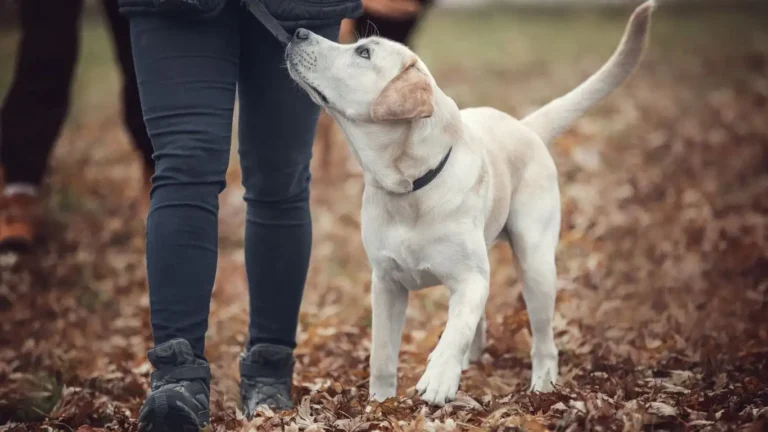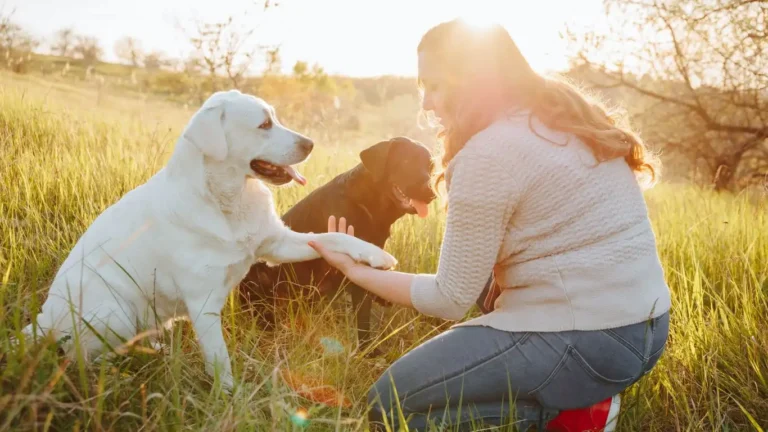Proven Way to Train Your Dog to Follow a Calming Bedtime Routine
Ever tried getting your dog to settle down at night, only to have them zoom around the house like it’s playtime at midnight? Trust me, I’ve been there. As a Canine-Assisted Therapy Trainer, I’ve helped many pet parents tackle this exact challenge—and I’ve also had my fair share of bedtime chaos with some spirited pups. If you’re wondering how to train a dog to follow a bedtime routine, you’re in the right place. Creating a soothing nighttime ritual isn’t just possible—it can be surprisingly simple and even enjoyable. Let me walk you through how to get there, with tips drawn straight from the therapy dog world and my personal journey.
Why Dogs Need a Bedtime Routine
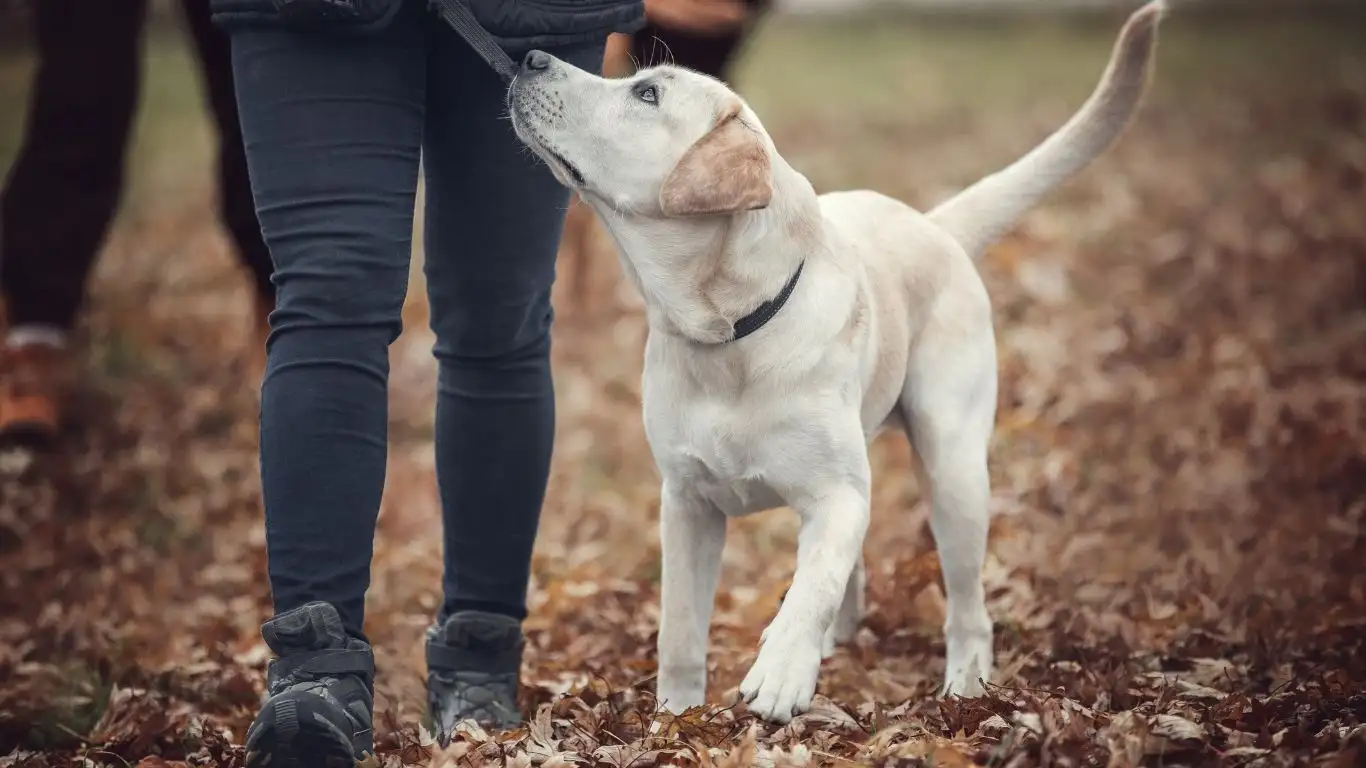
Just like kids, dogs thrive on predictability. A regular routine helps their brains wind down, lowers anxiety, and sets expectations for the next day. In therapy dog training, routines are essential because a well-rested dog is calmer, more responsive, and emotionally balanced. Without a routine, dogs may feel unsettled or hyperactive at night, making it harder for both of you to get the rest you need.
When I was working with a Golden Retriever named Molly—sweet as sugar but endlessly restless at night—it became clear that her behavior was rooted in inconsistency. Once we implemented a consistent, calming bedtime structure, her transformation was almost immediate.
Setting the Stage for Success

1. Choose a Consistent Bedtime
This might sound obvious, but it’s a step many skip. Dogs are creatures of habit. Pick a realistic time that works for your schedule and stick to it—even on weekends. Your dog’s internal clock will thank you.
2. Create a Sleep-Friendly Environment
- Lighting: Dim the lights an hour before bed. Dogs pick up on these subtle cues.
- Sound: Use a white noise machine or soft music—this helps drown out distracting noises that could trigger barking or anxiety.
- Temperature: Make sure the room is cool and comfortable. Dogs don’t sleep well when they’re too hot or too cold.
I usually recommend setting up a dedicated sleep spot—whether it’s a cozy dog bed, crate, or a blanket in a quiet corner. With therapy dogs, I’ve noticed they rest better in environments that feel safe and familiar. One of my clients even added a lavender-scented plush toy to their dog’s bed. Totally worked.
Build a Pre-Bedtime Routine

3. Wind Down with Calm Activities
This is where the magic starts. About 30 minutes before bedtime, switch to mellow, bonding activities. Here are a few favorites I swear by:
- Gentle brushing – not just grooming, but a bonding ritual.
- Low-energy training commands – like “place” or “settle” with treats.
- Snuggle time – if your dog loves cuddles, this can become the highlight of their night.
Remember: no fetch, no tug-of-war, no high-energy zoomies right before bed. I made that mistake with a spirited border collie once—it took two hours to get her to stop pacing!
4. Offer a Last-Chance Potty Break
Don’t underestimate how much this matters. Even well-trained dogs can have accidents if they’re expected to hold it all night. Keep it quick, calm, and routine—no games, just business. You’re signaling that after this, it’s time to settle down.
5. Give a Comfort Cue
This can be a phrase like “bedtime,” a calming scent, or even a soft bell sound. Whatever it is, use it every night as the final signal that playtime is over and rest is beginning. Over time, your dog will associate this cue with winding down and sleeping peacefully.
Common Challenges When Building a Bedtime Routine
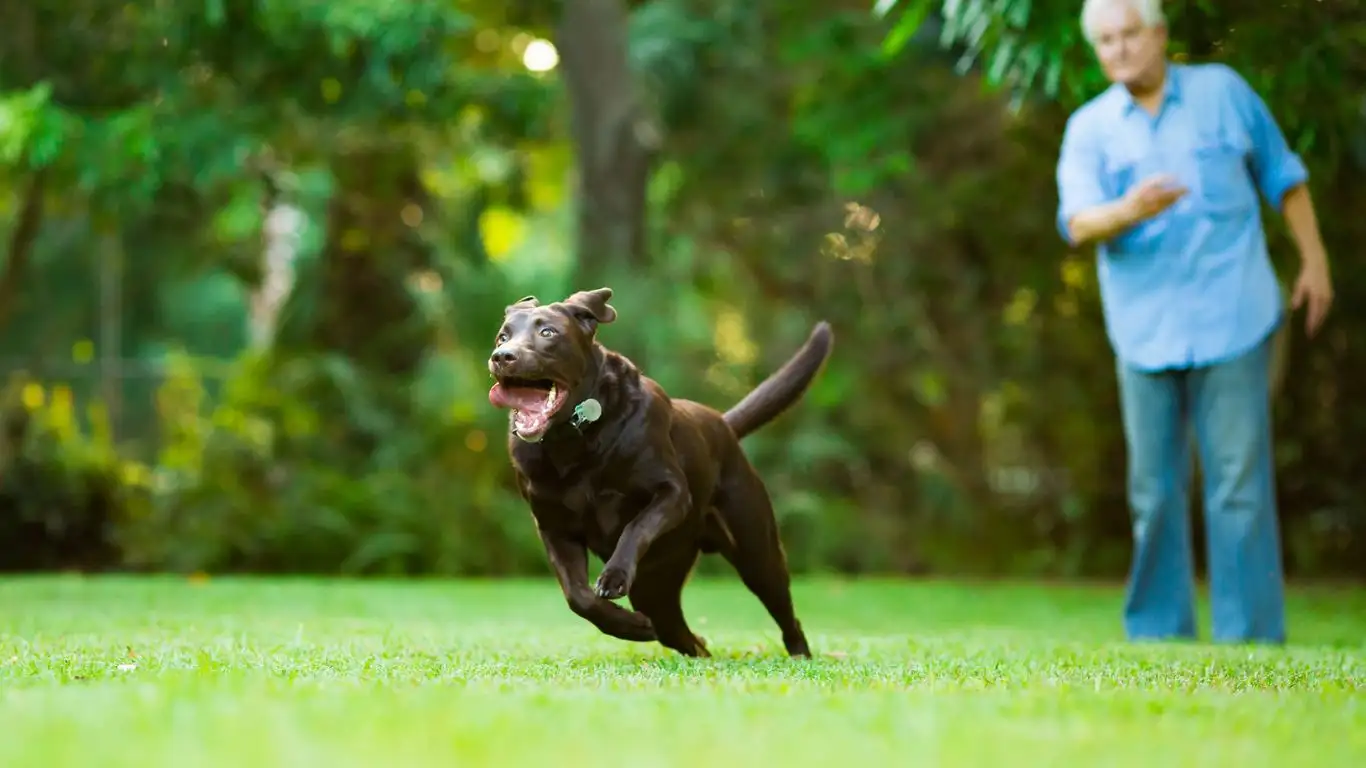
Alright, so you’ve started creating a bedtime flow for your pup—awesome! But what if things don’t go smoothly right away? Totally normal. Even the most well-meaning routines can hit a few bumps. I’ve seen plenty of dogs dig their heels in when their humans first try to implement a new schedule. The good news? With a little patience and the right tweaks, those bumps flatten out.
1. Resistance to Settling Down
This one’s super common. If your dog is used to high activity at night, they might fight the new chill vibes. I remember working with a Jack Russell Terrier named Bean (yep, that was his name!)—he was convinced the world was his playground after 9 PM. What helped was slowly introducing low-key activities and rewarding calm behavior. We didn’t go cold turkey; we eased in. That’s key.
Try this:
- Use treats or a favorite toy to lure them to their sleep space.
- Practice “settle” on a mat or bed—rewarding every time they stay put calmly for even a few seconds.
- Introduce calming chews or a vet-approved supplement if anxiety is a factor (talk to your vet first, of course).
2. Barking or Whining at Night
Nothing disrupts a routine faster than midnight yowls. If your dog is vocalizing once you’ve turned in, it could be boredom, discomfort, or even separation anxiety. One of my therapy dogs, a Labrador named Cooper, went through this phase when he first transitioned from sleeping beside his handler to a dog bed across the room. What worked? Gradual distance training—bit by bit, we helped him feel secure, even when his human wasn’t right next to him.
Pro tip: Never punish nighttime noise. It’s usually rooted in insecurity. Instead, focus on making their sleep space feel like a safe den.
Using Positive Reinforcement to Build the Habit
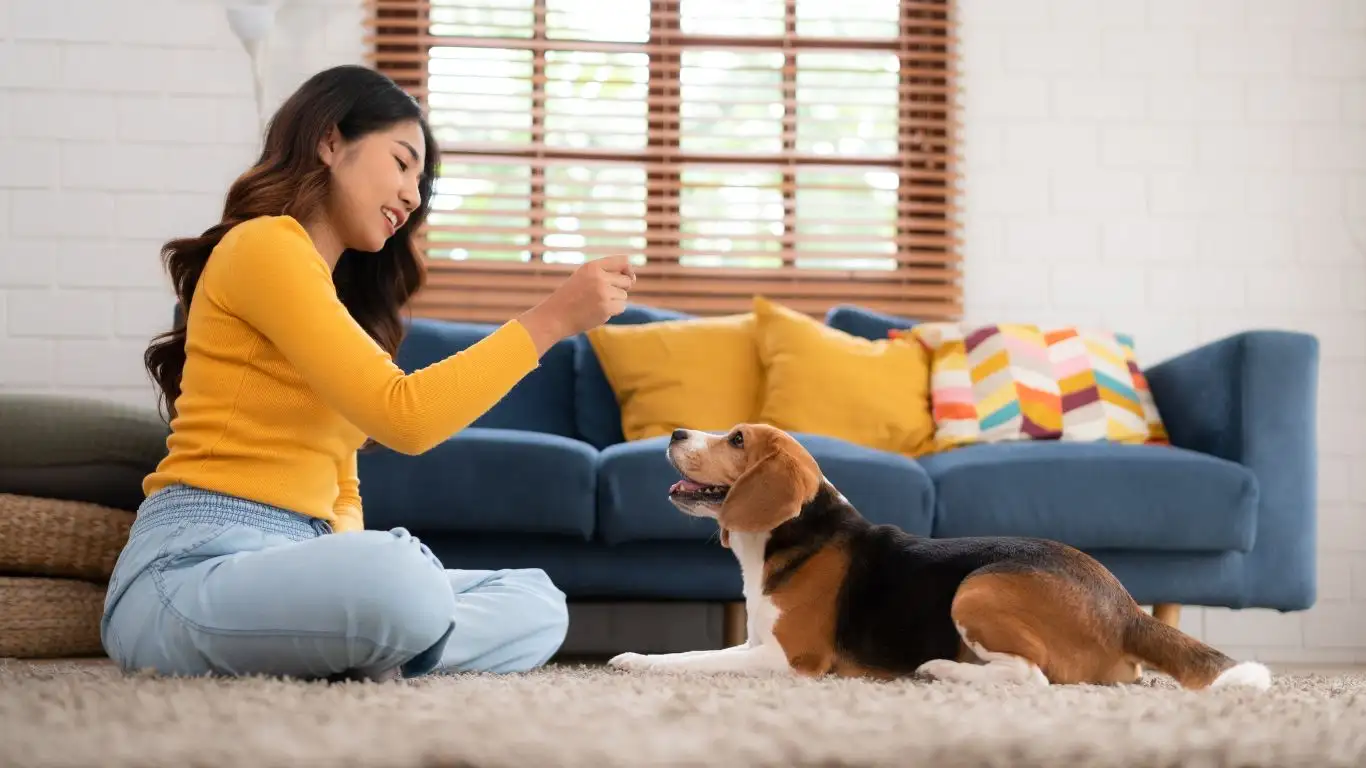
If there’s one training philosophy I swear by, it’s positive reinforcement. Whether I’m working with service dogs, therapy dogs, or just your average couch-loving mutt, rewarding the behavior you want to see is the fastest way to get results. When it comes to bedtime routines, consistency paired with positivity is golden.
Reward Calm, Not Just Obedience
A lot of pet parents get caught up in only rewarding commands like “sit” or “stay.” But when you’re shaping a nighttime routine, you want to reinforce calm energy. That means:
- Mark and reward when your dog lays down quietly on their own.
- Use soothing voice tones and gentle petting as rewards, not just treats.
- Celebrate small wins. Even five calm minutes is progress.
I had a shepherd mix in training who’d never been on a bedtime schedule before. We used a combination of clicker training and soft praise to help him associate nighttime with relaxation. Within a few weeks, he was heading to his bed when he heard his calming cue—like clockwork.
Maintaining the Routine Long-Term
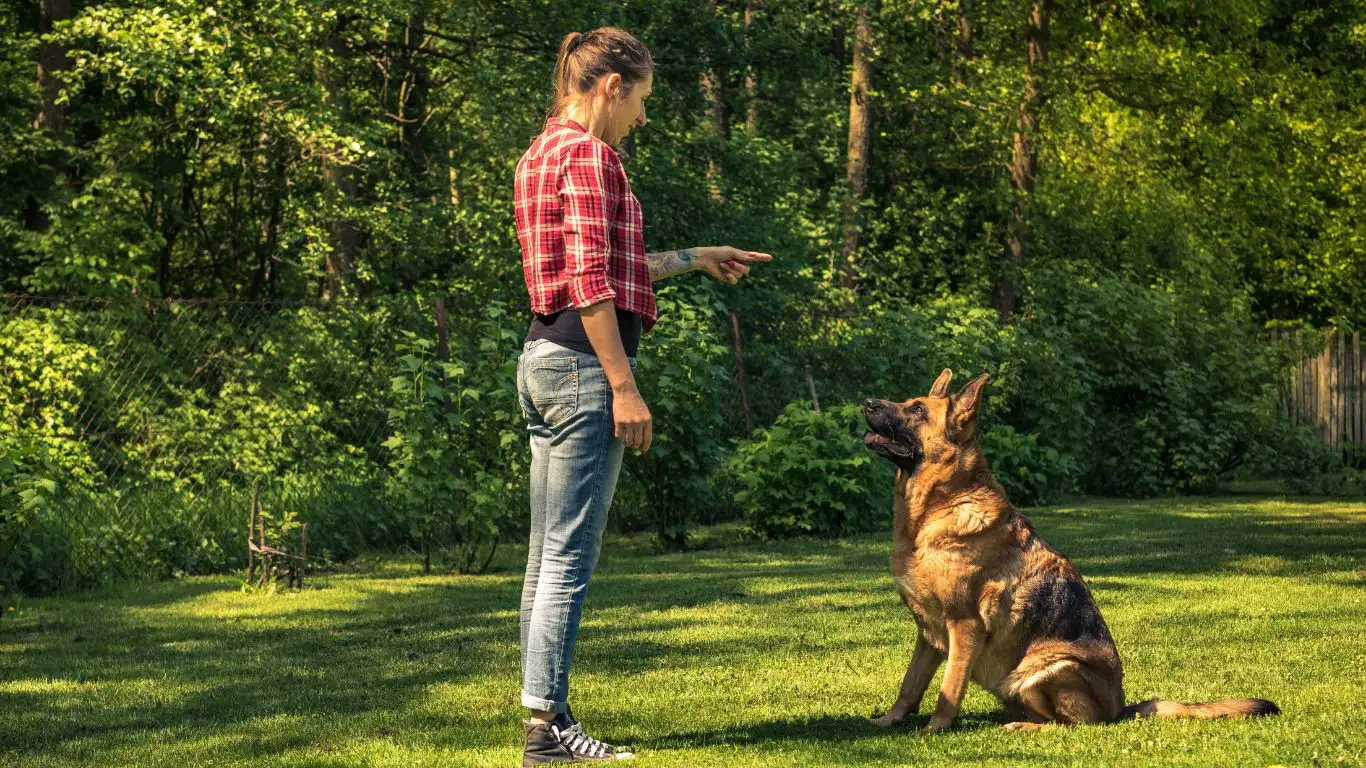
Here’s the thing: once your dog’s got the hang of it, don’t stop. Bedtime routines, like any habit, need maintenance. If you suddenly change schedules, travel a lot, or skip the evening wind-down, you might see a regression. (Yep, dogs are that sensitive to change!)
Be Flexible, but Stay Consistent
I know that sounds like a contradiction, but hear me out. Life happens—maybe you’re out late one night, or staying in a hotel. That’s okay. Just try to keep a few key elements consistent:
- Your dog’s bedtime cue word or action.
- A brief calm activity before bed, even if it’s just five minutes of quiet cuddling.
- The sleep space—bring familiar bedding or scents if you’re away from home.
One of my therapy clients used to travel with her dog often, and she always packed the same blanket and scent spray to use at hotels. That little touch of “home” helped her dog settle no matter where they were.
Adjusting as Your Dog Ages
And don’t forget—routines might need to change over time. Puppies may need more potty breaks, while seniors might develop nighttime restlessness or discomfort. Keep checking in with your dog’s behavior and adapt your approach as needed. You’re building a routine that supports both your dog’s emotional health and your own peace of mind.
Fine-Tuning Your Dog’s Bedtime Routine for Long-Term Success

So, you’ve built a solid bedtime flow and your dog’s starting to get the hang of it—amazing! But like with anything dog-related (or life, really), it’s all about the follow-through. The foundation’s there, but keeping the bedtime routine strong over time takes a bit of finesse. What works great during week one might need adjusting in month three. I’ve seen this happen plenty with therapy dog teams I’ve trained—especially once life starts to get busy again or seasons change (hello, holiday chaos).
Know Your Dog’s Patterns
One of the best things you can do is become a bit of a bedtime detective. Observe your dog’s energy shifts throughout the day and especially as bedtime approaches. Are they more restless on days they miss their evening walk? Do they conk out faster after puzzle toy time? Use that info to tailor their wind-down.
For example, one of my clients had a senior beagle who got the best sleep when she had a 10-minute sniff walk around the yard after dinner, followed by a gentle belly massage before lights out. That combo worked like a charm, and they stuck to it like a sacred ritual.
Tech Tools and Natural Aids That Can Help

Let’s talk about some simple tools and tricks that can really elevate your dog’s bedtime vibe. I’m not big on gimmicks, but there are some legit options that can make things smoother—especially for dogs who are a little more anxious or high-strung.
Helpful Tools to Try:
- White noise machines: These can block out street sounds, neighbors, or fireworks—big win for light sleepers.
- Essential oil diffusers (dog-safe only): Lavender and chamomile are calming, but always use pet-safe formulas. Ask your vet if unsure.
- Weighted blankets: Some dogs love the gentle pressure; it mimics a calming hug. Not all dogs enjoy it, so go slow introducing it.
- Nightlights: Especially helpful for senior dogs who might get confused in total darkness or are losing vision.
I’ve used a combination of a sound machine and calming diffuser for many therapy dogs who were training in urban areas. It helped reduce overstimulation at night and created a gentle, consistent sleep signal.
Don’t Skip the Emotional Part of the Routine
Here’s something people often overlook—the emotional connection. Bedtime routines aren’t just about behavior and commands. They’re about creating a sense of safety and comfort. Dogs pick up on your energy. If you’re rushed, anxious, or impatient, they’ll feel it. But if you take a few mindful minutes to connect with your pup, you’ll both benefit.
When I wrap up my day, I always make sure the final moment I spend with my dog is calm and positive. Whether it’s a quiet “goodnight” rub behind the ears or just sitting together on the floor while she settles, it’s become a grounding ritual for both of us.
Here are a few simple ways to emotionally connect:
- Speak in soft, low tones—your voice matters more than you think.
- Gently pet your dog in a slow, rhythmic motion to mimic calming pressure.
- Make eye contact and smile—it triggers positive associations in dogs.
These are the little moments that build trust. And in my work with therapy animals, that trust is what sets them apart. It’s what allows them to remain composed and confident even in stressful settings—and it all starts at home, with habits like this.
Final Thoughts: A Routine Built on Trust and Patience
Training a dog to follow a bedtime routine doesn’t have to be a huge undertaking. It’s about creating a space—physically and emotionally—that invites rest. It’s about giving your dog consistency, signals they can rely on, and affection that reminds them they’re safe. With patience, some trial and error, and a good chunk of love, you’ll find a rhythm that works for both of you.
Every dog is different. What works for a high-energy shepherd won’t necessarily work for a sleepy bulldog. But with the right balance of structure and connection, your dog can absolutely learn to look forward to bedtime. Trust me—I’ve seen it happen with hundreds of dogs, from hyper pups to gentle therapy dogs in training.
And hey, you might just start sleeping better too.
References
Disclaimer
This content is based on professional experience as a Canine-Assisted Therapy Trainer and general dog behavior knowledge. It is not intended to replace personalized advice from a licensed veterinarian or certified dog behaviorist. If your dog is exhibiting extreme anxiety or behavioral issues, please consult a professional.

